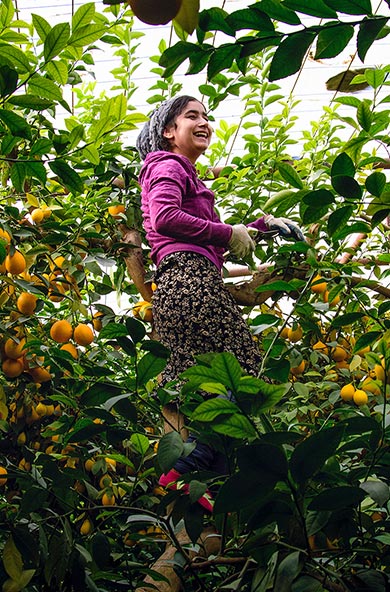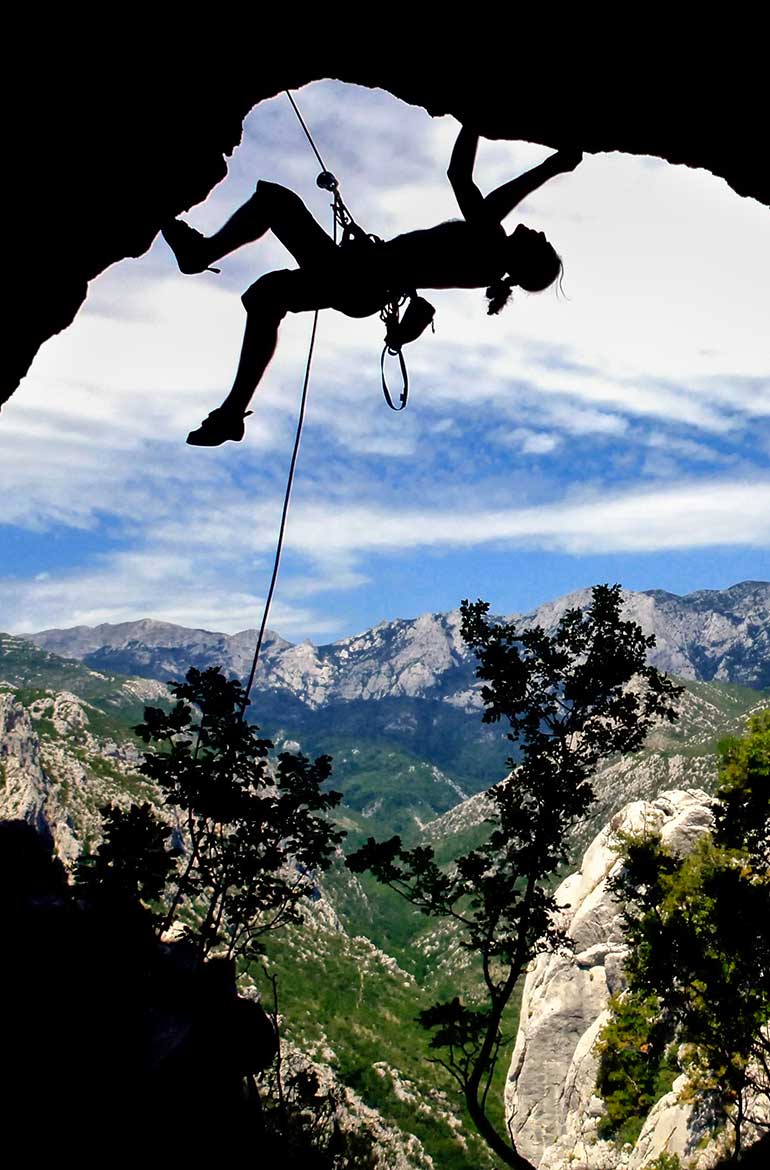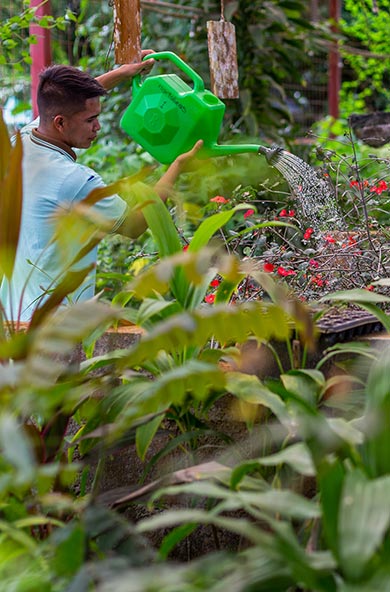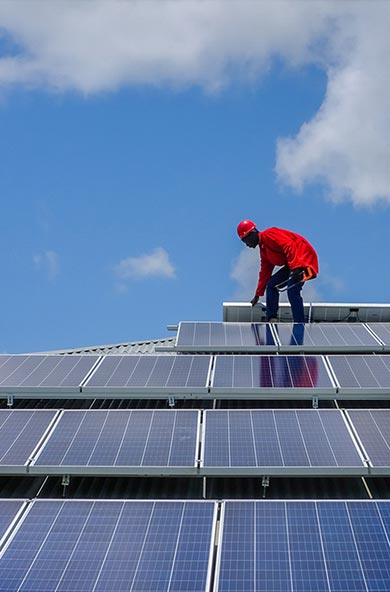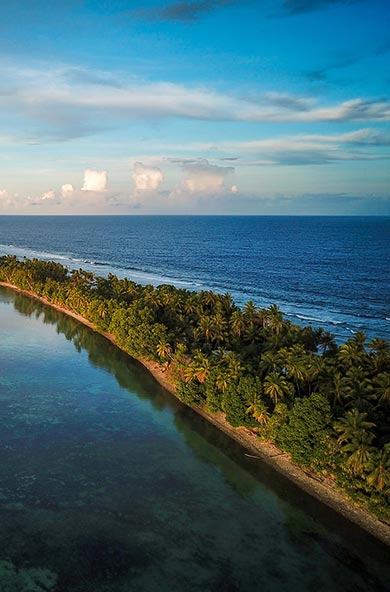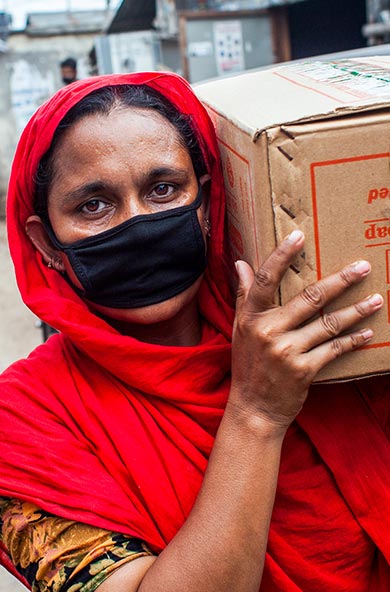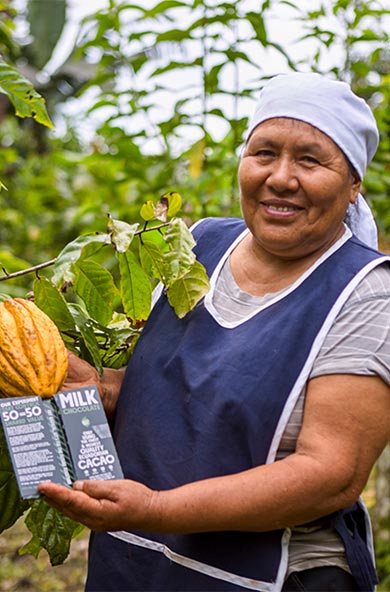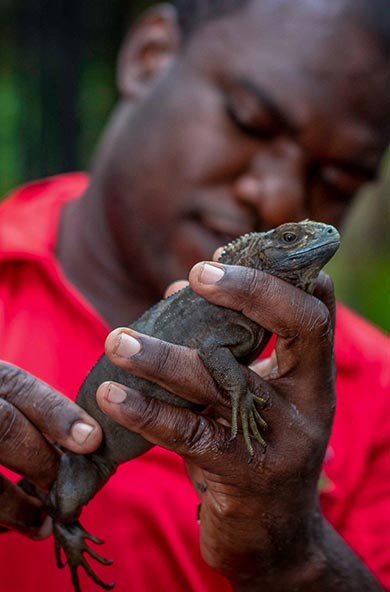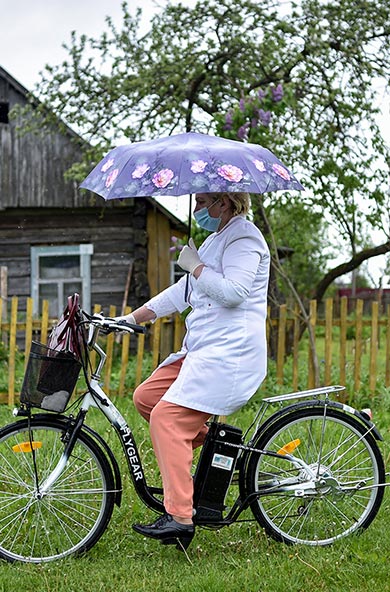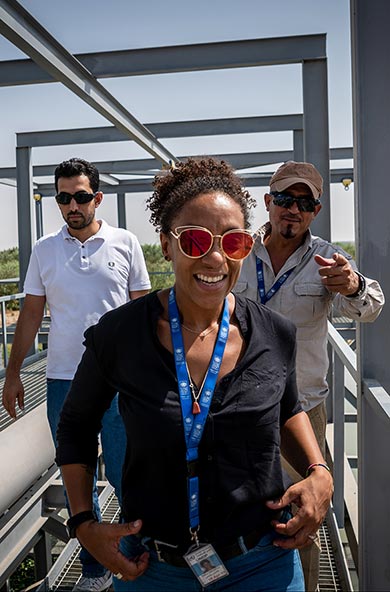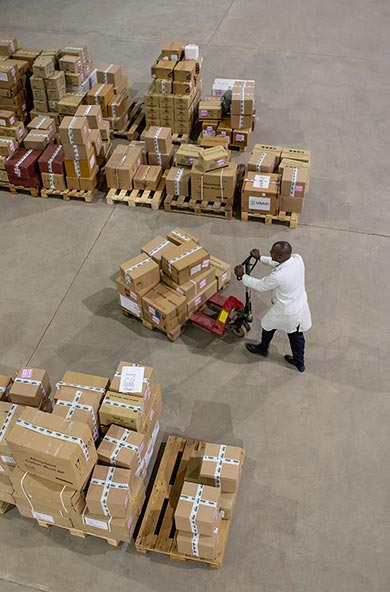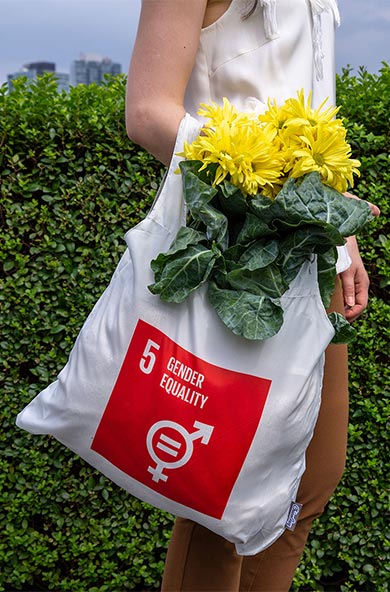Seizing our best opportunity to make the future possible
COP28: Course correction for climate?
November 27, 2023

Picture iconic coastal cities building floating neighbourhoods in response to rising sea levels. Imagine having to flee your home, leaving possessions and memories behind, due to crippling drought.
These are not hypothetical scenarios, but current realities and increasingly likely outcomes of the climate crisis. Consider this: 2022 was one of the hottest years on record. And so were each of the seven years before that.
Confronting this harsh reality underscores the importance of COP.
What exactly is COP?
Our Climate Dictionary offers a succinct explanation:
‘The annual United Nations conference dedicated to climate change, called the “Conference of the Parties” or “COP”, has been organized under the UN Framework Convention on Climate Change (UNFCCC) since 1995.’
COP is shorthand for ‘Conference of the Parties to the UN Framework Convention on Climate Change’, and ‘Parties’ refers to the 198 countries that have signed on to the Convention. The importance of these annual conferences stems from their unique nature, being the primary forum to reach global pacts in the fight against climate change and to create legally binding agreements to boost climate action.
This year's conference is the 28th edition. COP28 takes place in Dubai, United Arab Emirates, from 30 November to 12 December.
To date, these conferences have produced critical milestones, such as the Kyoto Protocol, which introduced the first legally binding emission reduction targets for developed countries, or the Green Climate Fund, a crucial financing mechanism for climate adaptation and mitigation projects in developing nations.
Most notably, at COP21 countries adopted the landmark Paris Agreement, committing to limit global warming to less than 2°C above pre-industrial levels and pursue efforts to further limit it to 1.5°C. The agreement established ‘nationally determined contributions’, or NDCs, in which each Party is required to articulate how they will contribute to reducing greenhouse gas emissions and adapting to climate change impacts.
Other big accomplishments include the Gender Action Plan agreed at COP25, which emphasizes the need for gender-responsive climate policies, and the COP27 decision to establish a loss and damage fund to aid nations in addressing the irreversible impacts of climate change.

The last eight years have been the hottest on record, underscoring the urgent need for climate action.
What’s on the agenda at COP28?
With a series of meetings and events, COP28brings together government representatives, scientists, international organizations, businesses, Indigenous Peoples, local communities, youth, media, civil society, and influential figures such as Shamma Al Mazrui and King Charles III.
COP28 will mark the conclusion of the first ever Global Stocktake (GST), a 5-yearly exercise designed to assess progress on climate action. The outcomes will guide countries as they prepare their revised NDCs, which are due in 2025 and will outline how they intend to take stronger climate action.
Now is a moment of course correction.
In fact, we already know the GST will show the world is off track. The average temperature of the Earth’s surface is already 1.1°C (2.2°F) warmer than it was in the late 1800s, and we’re getting closer to the 1.5°C threshold, which remains barely within reach. Global temperatures have hit record highs across the world in 2023 and are set to break new records during the next five years, according to the World Meteorological Organization.
The climate crisis is a human rights issue on many levels, and this is a key focus at COP28.
It affects poorer and more vulnerable countries – those that contributed the least to climate change – disproportionately. Approximately 1.5°C warming could drive an additional 122 million people into extreme poverty by 2030. Repeated calls for climate justice across the world are being increasingly acknowledged on the international agenda.

A just and green energy transition requires switching to cleaner sources while expanding access.
What to expect from COP28?
A stable climate and planetary health are critical conditions for achieving the Sustainable Development Goals (SDGs) in multiple areas, from labour to gender, to food security, eradicating poverty and more. COP28 will address many determining factors for success. Here are three to look out for:
Finance
Finance is key to climate action. Adaptation, mitigation and sustainable development efforts must be backed with appropriate and innovative finance. To support this, we need to build a global financial architecture that is fit for purpose to achieve the Paris Agreement and a green transition.
The world cannot meet the goals of the Paris Agreement and achieve sustainable development without rapidly scaling up finance. NDCs are the starting point, as they offer a unique investment prospectus for nationally driven climate action that also drives sustainable development.
Climate justice
Recognizing calls for climate justice, at COP28, the international community is looking to prioritize urgent operationalization of new funding arrangements to respond to losses and damage caused by climate change. Following a breakthrough in negotiations at COP27, a dedicated fund is in the works to provide financial and technical support to countries coping with climate-induced harm.
Another crucial priority is getting youth, frontline communities, Indigenous Peoples and marginalized groups actively involved and empowered in the fight. Young people, in particular, bring essential insights, energy and urgency, driving action for a sustainable future – their future.
Energy for all
We all need clean, reliable and affordable energy that is not detrimental to the environment, as outlined in SDG 7. And yet, in 2021, 675 million people still lacked electricity access, and 2.3 billion lacked access to clean cooking fuels and technologies.
A green and fair energy transition is high on the agenda, and a ‘fossil fuel phaseout’ will be a flashpoint at COP28. UNDP advocates for switching the billions of dollars spent annually on fossil fuel subsidies over to clean energy and social programmes that foster sustainability and equity.
Renewable energy solutions and investments will take centre stage, as countries pledged to reach a global tripling of renewables capacity. The Africa Minigrids Programme (AMP), being rolled out in 21 countries across the continent, is a good example of ramping up electrification in a clean, efficient way while reaching those most in need.

Activists are demanding that countries responsible for the climate crisis provide funding to help deal with its unavoidable impacts.
A more prosperous and greener #FutureIsPossible.
More is needed 'on all fronts' to meet climate goals. A liveable future is at stake.
Promoting global cooperation and securing commitments from as many countries as possible is not an option but a necessity in the pursuit of effective climate action. In this context, Article 6 of the Paris Agreement provides a framework for countries to collaborate in advancing together.
A lot is happening already. Global investments in energy transition technologies reached US$1.3 trillion in 2022, a record high. That same year, countries adopted a historic resolution to develop a legally binding international treaty to end plastic pollution.
At UNDP, we’re committed to playing our part to achieve the Paris Agreement. Through our Climate Promise, we work with over 120 countries and territories to help them increase their climate ambition and meet their climate goals. And since the launch of our Greening Moonshot initiative, we've cut yearly emissions by 2,800 tonnes of carbon dioxide equivalent and decreased our electricity-related carbon footprint by 13.2 percent, equivalent to planting 46,300 trees annually.
As the world approaches critical climate tipping points, tangible actions speak louder than grand aspirations. In the words of the UN Secretary- General, ‘No more hesitancy. No more excuses. No more waiting for others to move first.’
Spread the word about COP28 and the work already under way to create a better tomorrow.
Share this and other stories with the hashtag #FutureIsPossible.


 Locations
Locations